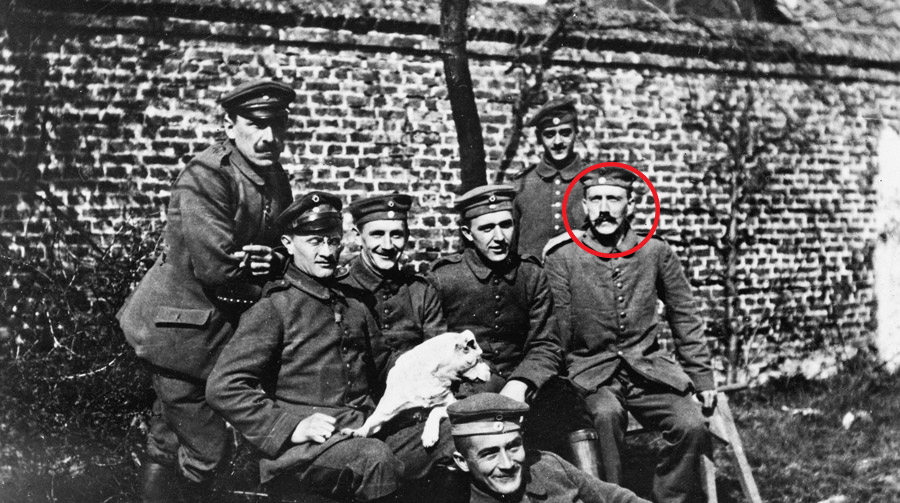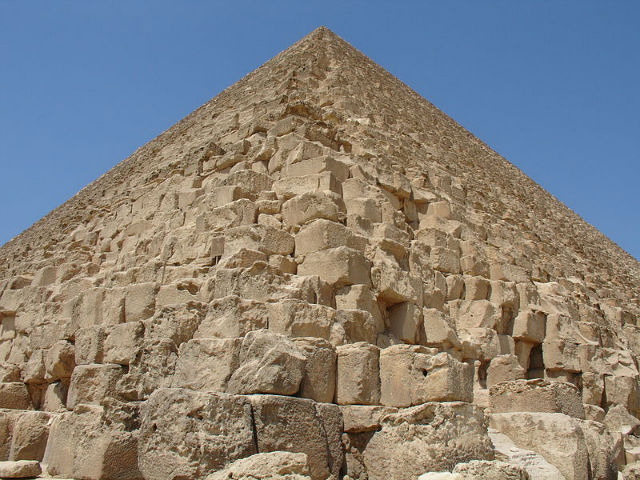When we think old, the first thought that comes to mind is unsophisticated or backward. But what history has to say is the opposite. Certainly, ancient peoples sometimes had strange traditions and rituals with strange laws and rules, but there was also advanced innovation and technological intelligence that never ceases to amaze us.
Facts About Ancient Civilizations
17. So here are some facts about ancient civilizations, some of which are just plain weird, while others are totally sophisticated and cultured.
16. The Aztecs made swords embedded with prismatic obsidian blades much sharper than today’s high-quality steel razor blades. (source)
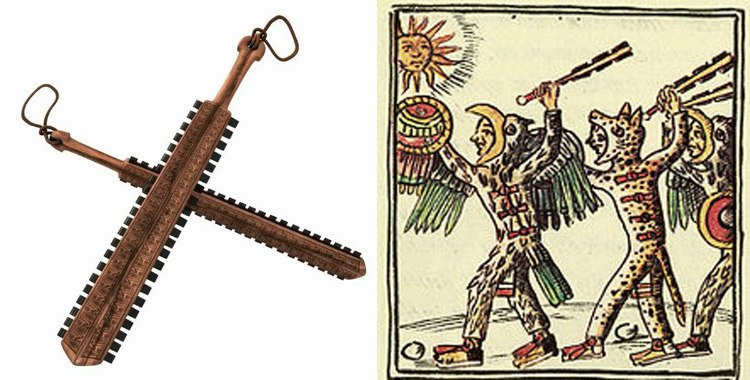
15. In ancient Egypt, men could take time off from work to care for menstruating wives and daughters. (source)
14. In ancient Egypt, dwarves were viewed as people who had celestial gifts, were treated with the utmost respect, and enjoyed the highest social positions. (source)

13. Ancient Egypt had many medical specialists, including proctologists who were called “shepherds of the anus”. (source)
12. Spiked dog collars were invented in ancient Greece and were originally designed to protect the throat of dogs from attacks by wolves. (source)
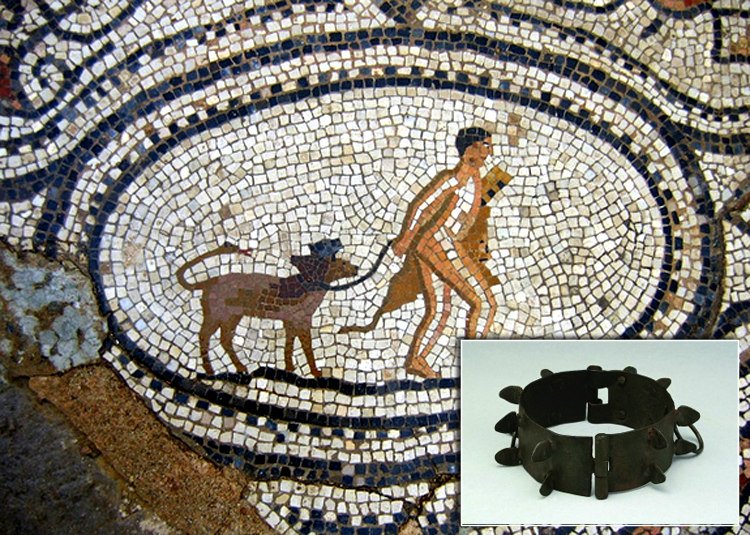
11. The ancient Persians would drink to excess after making an important decision to know that the decision was a good one if they still felt the same way when they were intoxicated. (source)
10. The Aztecs considered childbirth a form of battle. Women who died in childbirth are believed to rise to the highest heavens, just like the men warriors do when they die in battle. (source)
9. Mayans cultivated stingless bees in Central America for thousands of years. They were considered sacred and treated as pets with hives hanging in and around the houses. Some hives are reported to last more than 80 years and are passed down from generation to generation. (source)
8. The ancient Aztecs and Incas invented peanut butter. (1, 2)
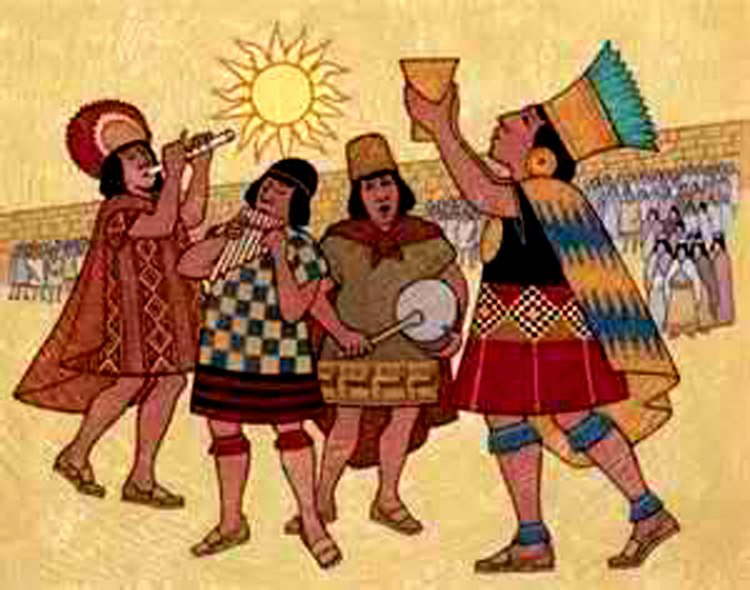
7. The pre-Columbian Aztec Empire used cocoa as a currency for small purchases. A small rabbit was worth 30 grains of cocoa, a turkey egg cost 3 grains. (source)
6. The Mayans used to play a ball game in which those who lost became a sacrifice. (source)

5. The Aztec capital, Tenochtitlán, was the largest city in America, with more than 200,000 inhabitants. It was built on an artificial island connected to the coast by three sidewalks. It housed great pyramids, floating gardens, aqueducts, and canals. (Source: 1, 2)
4. The first person in history whose name we know is Kushim, an accountant from Mesopotamia from around 3200 BC. (source)
3. The Indus Valley civilization had the first known baths in the world. Almost every house in the cities of Harappa and Mohenjo-Daro had a flush toilet connected to a sophisticated sewer system. (source)
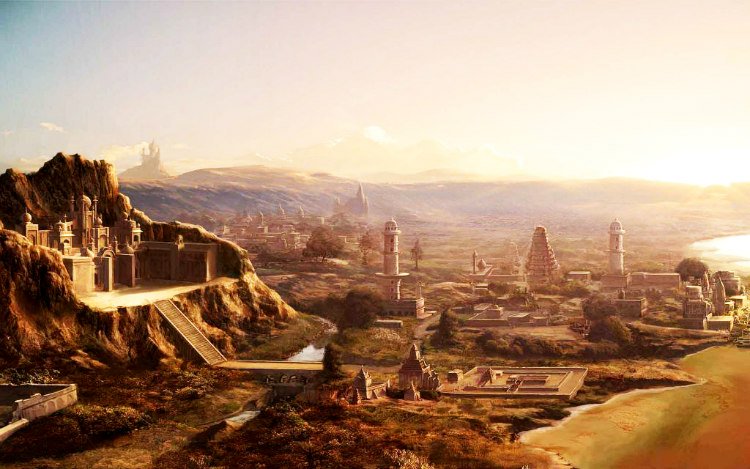
The Indus Valley civilization had a highly advanced lifestyle and valued equality among citizens without centralized power. Their settlements are planned near the sources of raw materials with their urban planning, including the world’s first sanitation systems. All their homes had access to water from wells and proper drainage facilities.
2. Inca architecture was built to resist any earthquake level, with rocks vibrating and falling in the correct order, even after an earthquake. (source)
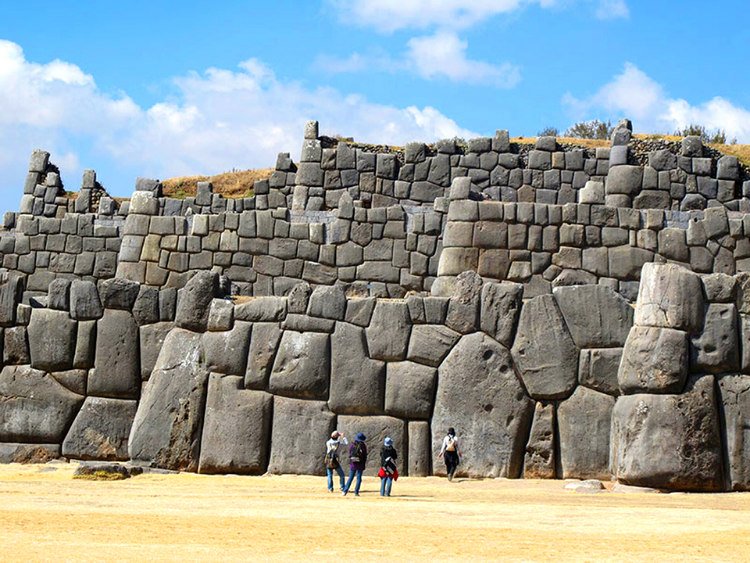
1. Ancient Persian engineers built a type of evaporative cooler called “Yakhchāl”, which could store ice even in midsummer. (source)
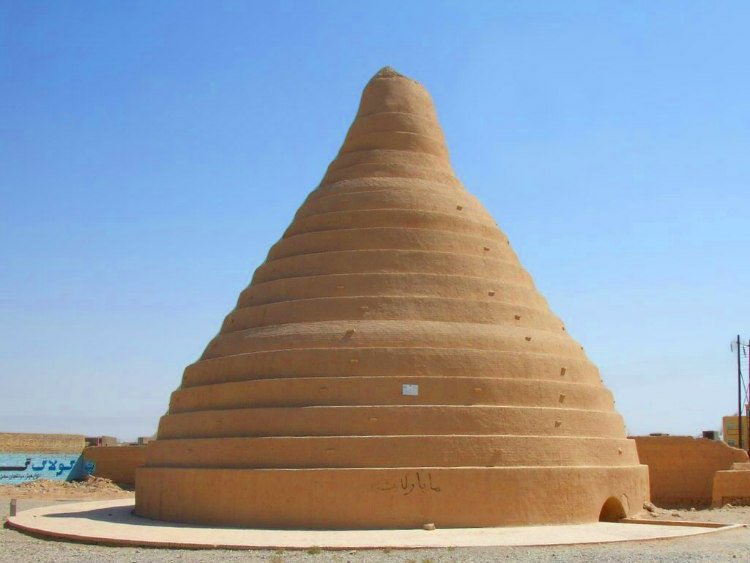
The cooler had a domed shape above the floor and had underground storage space. It was used to store ice and other food materials. The coolers were built with thick, heat resistant construction material that would insulate the storage space.
Along with this, the underground space of about 5,000 cubic meters also served to increase the cooling effect. Ice was brought in from nearby mountains in winters.
